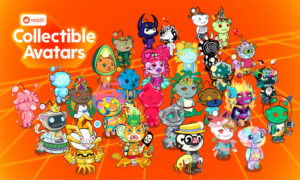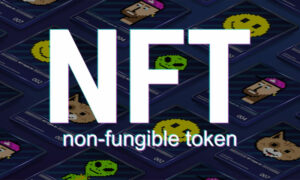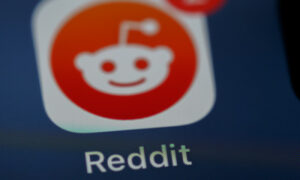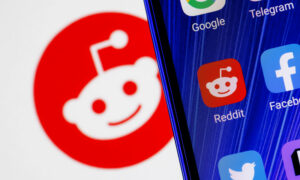Phygital NFTs: Where Physical and Digital Assets Meet
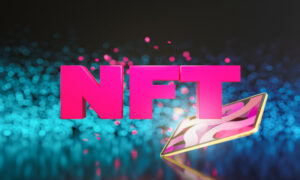
Non-Fungible Tokens took the world by storm, inciting hype in line with the creation of the internet, but there were still many nay-sayers questioning this emerging technology.
Despite being named the word of the year by Collins Dictionary, many still view NFTs as sort of clickbait assets with no value. While this is not correct, it is not the point of our article. NFTs do offer value in the form of true ownership and security. Some even go further in providing utility to bring their holders additional value. Whether it be through subscriptions, gaming, or acting as an access token, NFTs continue to utilize the world around them to ensure their holders are benefiting. But there is a new NFT in the market, and despite its hard-to-pronounce name, it may be the very thing to take NFTs to the next level.
Phygital is a relatively popular and long-time used term, but its use within NFT technology is a very new and exciting expansion of what it once was.
What Are Phygital NFTs?
At its most basic concept, “Phygital” combines two words, physical and digital. This term ties together the use of NFT digital assets into real-world experiences, creating a new way for developers to bring heightened value to holders.
Phygital assets are broken up into two fundamental parts, one being the digital side in the form of metadata, smart contracts, and more. The second part is the physical benefits which could be represented in the form of tickets, exclusive access to products, properties, and more. Owning these NFTs allow people to redeem real-world assets or experiences, but the NFT can sometimes be burnt post redemption, but this depends on the creators’ preferences. Upon burning your redemption NFT, some creators will award a commemorative NFT to users. Regardless of what happens to the NFT after you claim your physical variant, Phygital NFTs are expanding credibility and use cases in the real world.
Before we move on to some of the most exciting representations of Phygital NFTs, we thought it would be fun to answer a few FAQs about this new term.
What does phygital mean?
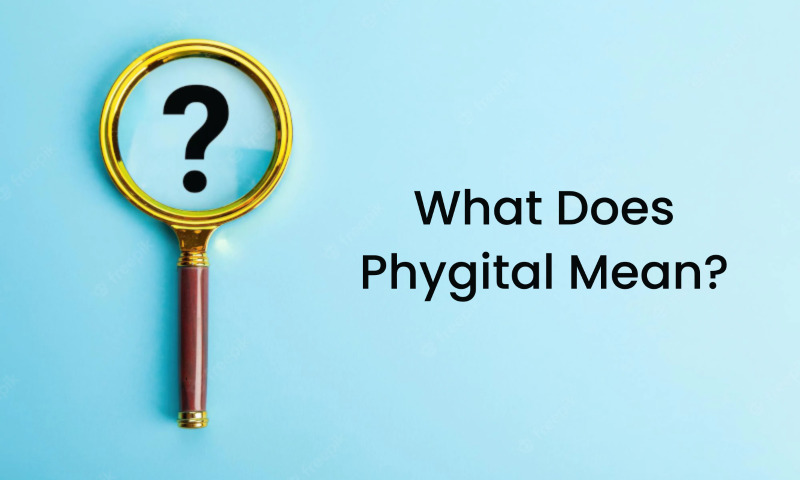
Phygital is the amalgamation of the words “Physical” and “Digital”. As a concept, phygital is the bridge between the digital world with the physical world, with the intent of offering interactive experiences and products to be used interchangeably between these two worlds.
Who invented the word phygital?
The word was originally copyrighted by the Australian agency Momentum, in 2013. Forming as a part of their motto, “An agency for the Phygital World.”, they seek to bring together the physical and digital world through their agency. The word was quickly adapted by the retail, and marketing industries, before being better elaborated on by NFTs.
How do you pronounce phygital?
It may seem easy enough, but say it five times and you have a tongue twister of note. The word “Phygital” can be pronounced “Fidge-it-al” or “Fidge-i-tal”.
Examples Of Phygital NFTs
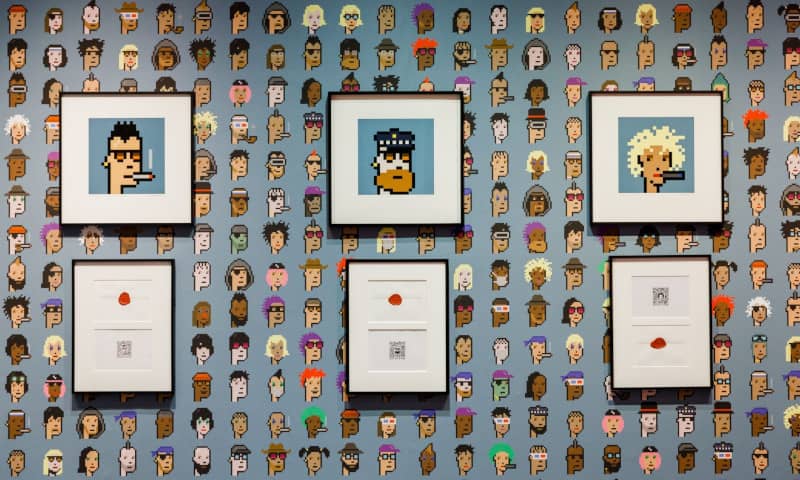
The most popular example of phygital NFTs is merchandised fashion and land within metaverses. There is some debate surrounding the physical representation of these assets since they are only available in a digital space, but many argue these assets are bought as NFTs but used in real-world technologies through utility. The Coca-Cola NFT drop is a prime example of this, releasing a collection of NFT wearable bubble jackets, sound visualizers, and friendship cards.
CryptoPunks is one of the oldest NFT projects, selling pixelated but highly in-demand digital artworks. Renowned jewelry creators Tiffany & Co announced its TFTiff NFT launch using the CryptoPunks IP. Users who owned a CryptoPunk and purchased a TFTiff NFT would receive a bespoke Tiffany & Co CryptoPunk pendant. Even though there are 10,000 CryptoPunks, Tiffany & Co would only be making 250 pendants, each priced at 30 ETH.
But it gets even crazier than a $50,000 necklace, as a house was sold in the form of an NFT. This Phygital NFT was sold for $174,000. In terms of pricing, that is a medium range for what other NFTs are sold for, but this digital asset was unique as when purchasing it, the holder would be the new owner of a 3-bedroom house in South Carolina. This is probably the most exciting example of how Phygital NFTs can bridge the gap between digital and physical assets.
VeeFriends creator, Gary Vaynerchuk, launched his NFT collection with the intent of providing Phygital assets. Gary used his NFT artwork to partner with brands like Uno, as well as Macy’s and Toys’R’Us. Series 1 and Series 2 character token holders would get access to a 10” plush toy and 6” figurines. In addition to NFT holder benefits, users who bought these partnered toys would be able to scan a QR redirecting them to a 3D animated short film or character song. Another great example of how the digital world and physical world can come together in a new and thrilling way.
The Future Of NFTs
With the growing craze of NFTs, and subsequently Blockchain technology, there has been mass debate about the utility behind these jpeg images. We believe phygital NFTs are the start to the end of this discourse in this space.
As we move toward VR and AR evolution, we will see the physical and digital worlds collide more than ever before. With this rise in advancements, it’s necessary to offer unique experiences to customers are both sides of the spectrum. As AR intends, the combination of the physical and digital worlds could be the catalyst of a whole new future. NFTs captivating on this concept is exciting but not surprising. Crypto and blockchain have strived to add utility since the introduction of Bitcoin, and in order to continue to grow, NFTs need to increasingly bring this kind of utility.
We are still very early in the NFT era, and there are still plenty of problems to be addressed, the main being its utility. Users no longer want to spend thousands of dollars on pixelated jpeg artwork. But, by allowing these NFT holders utility in the real world, we could see many more projects breaking into the mainstream, as VeeFriends has done. We are seeing once-discredited projects like BAYC creating the Otherside metaverse to elevate their involvement in the web 3.0 space. Hopefully, we will keep seeing NFT projects embracing the Phygital worlds, and bringing new and unique experiences and products to the market.
